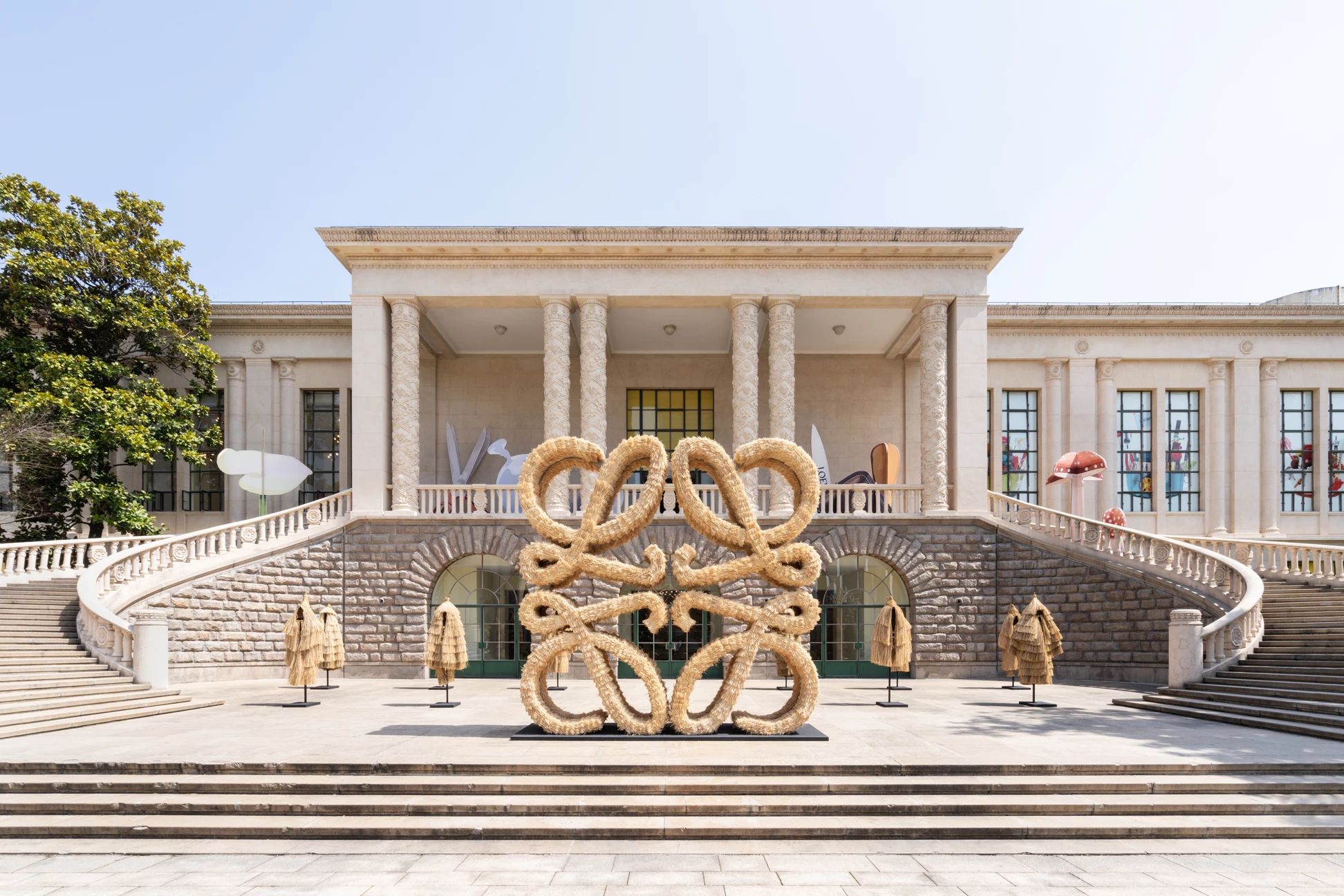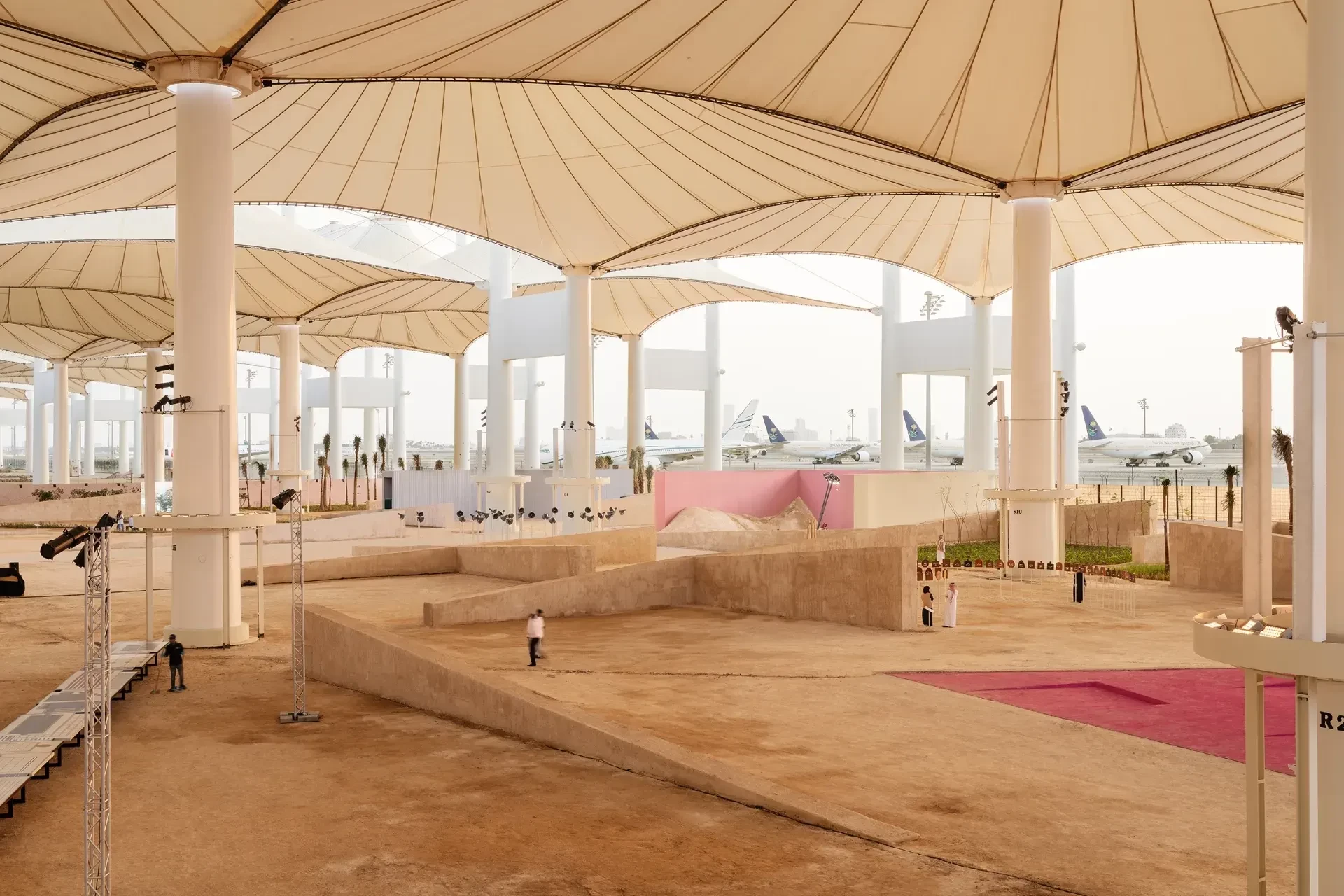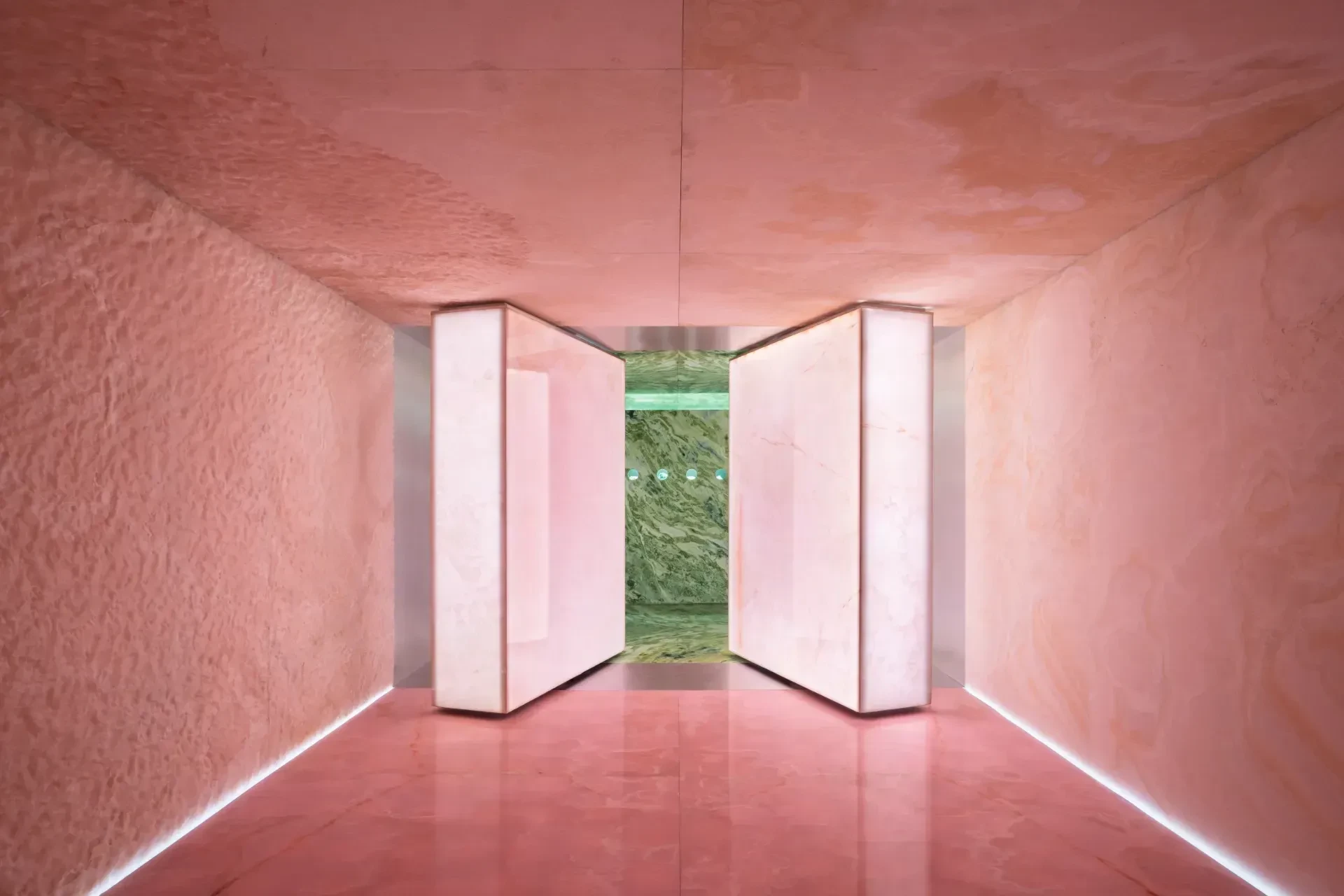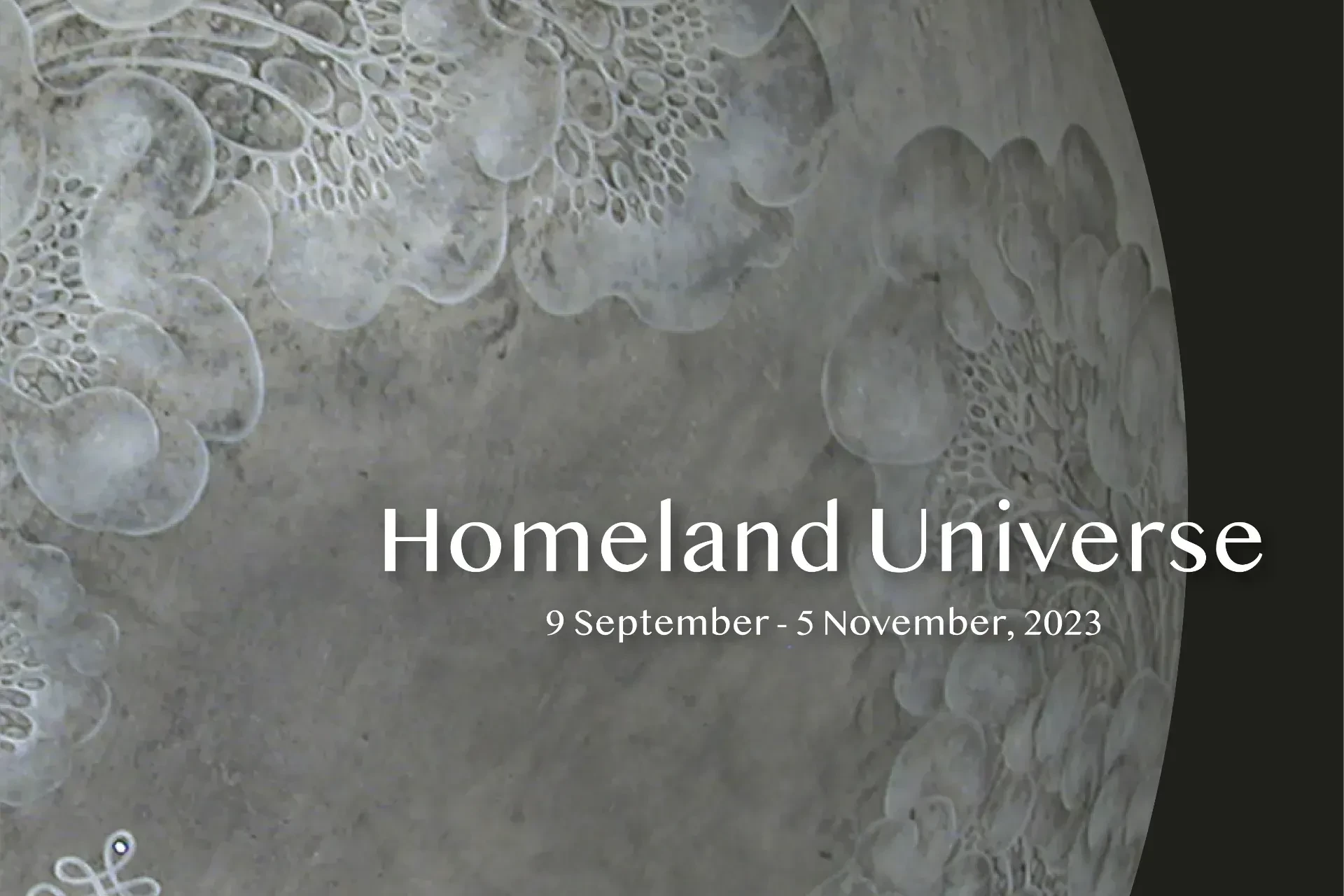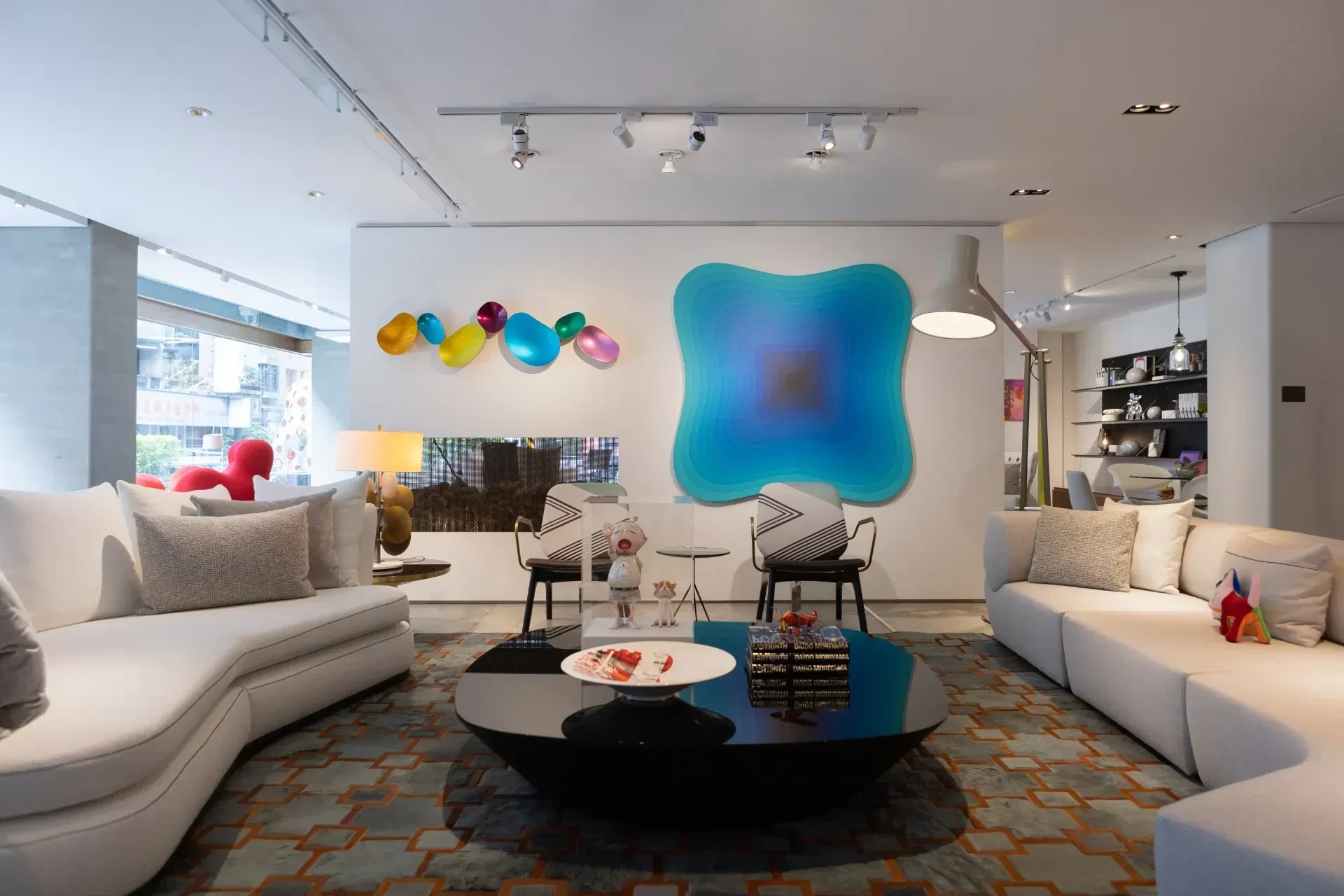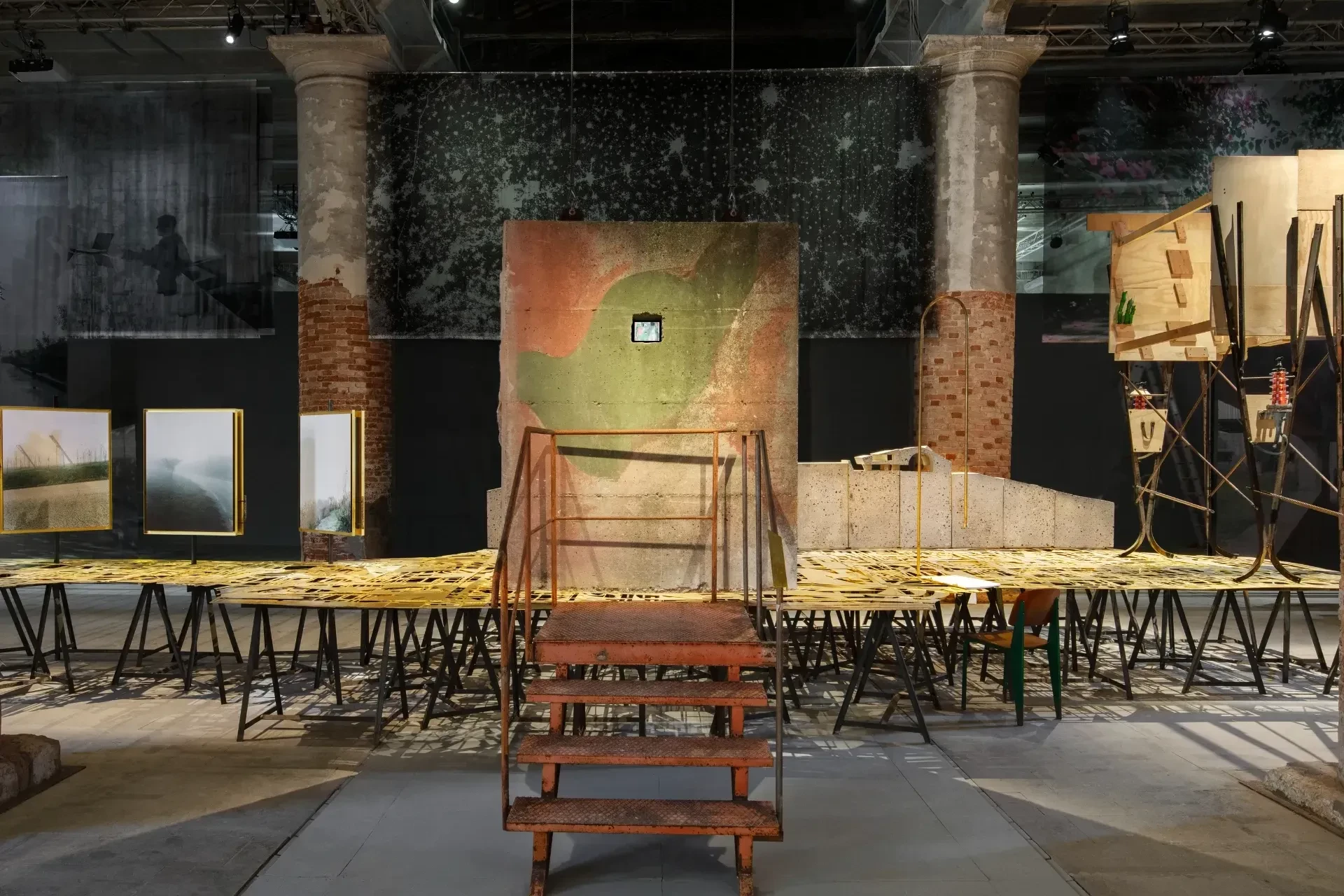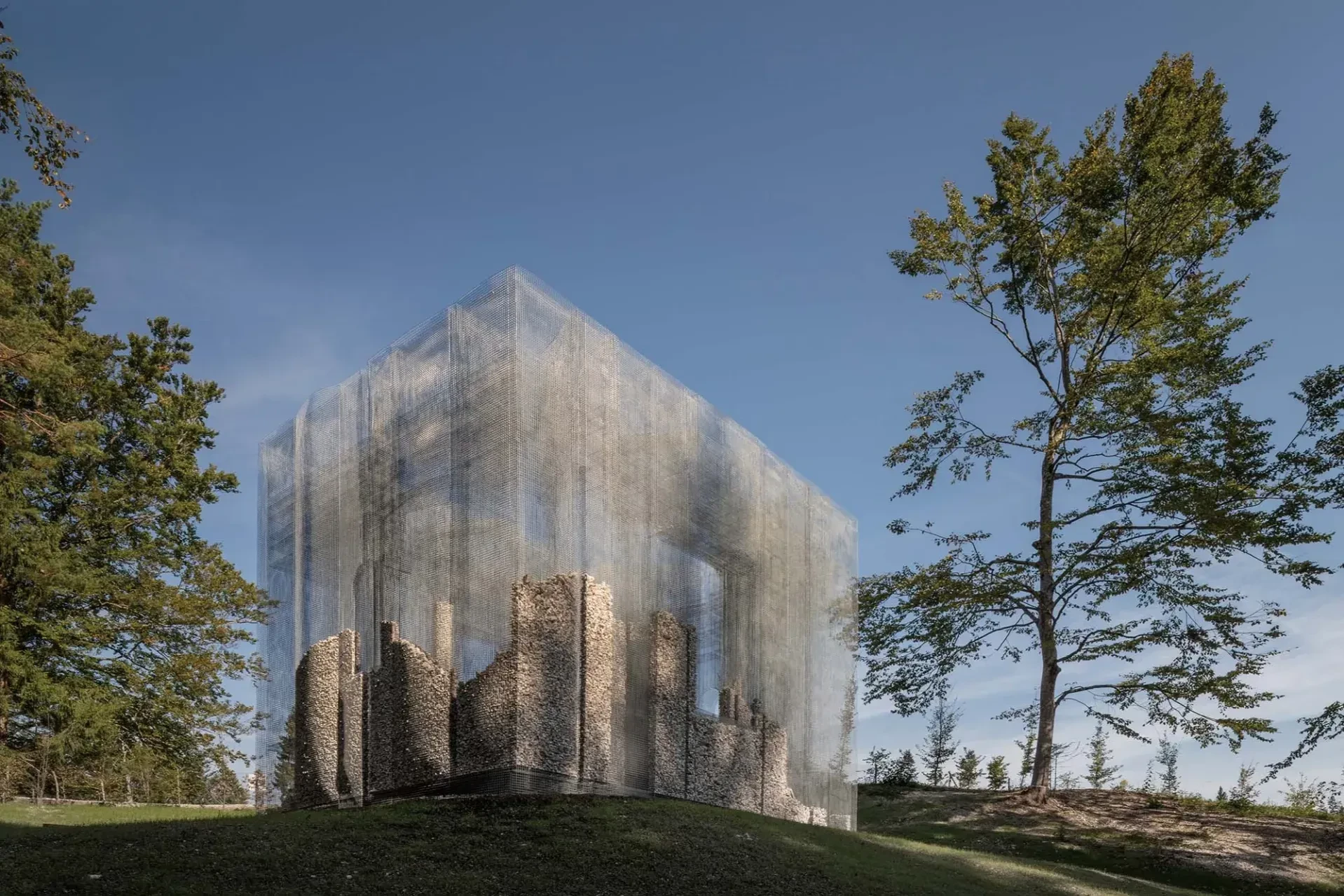瑞士巴塞爾|奧拉富爾.埃里亞森:《生活》
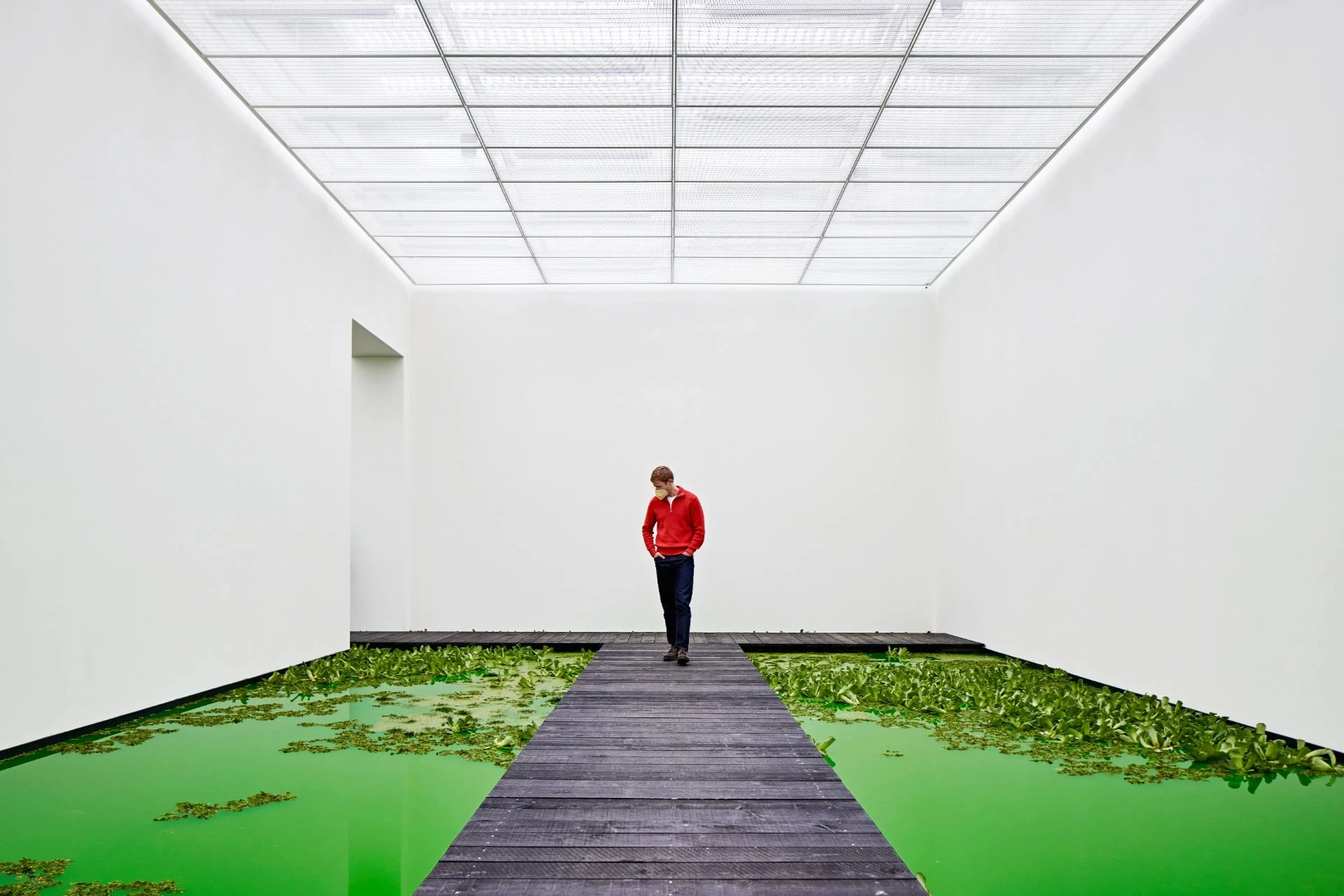
Ever since Olafur Eliasson began practising as an artist in the early 1990s, Olafur Eliasson have been interested in perception and in the cognitive and cultural conditions that shape it. Life comes to life through your active encounter with it, through your perception. Olafur Eliasson have chosen not to offer a didactic or explanatory text to accompany the artwork, as this might shape visitors' perception and understanding of the exhibition.
自從1990年代初期開始從事藝術家創作工作以來,奧拉富爾.埃里亞森(Olafur Eliasson)一直對觀點以及形塑感受的認知和文化條件感興趣。生活是透過參觀者與生活積極交會、透過觀點才有生氣。他決定不讓藝術品隨附教導性或說明性的文字,因為它們可能會形塑參觀者對展覽的感受和理解。對他來說,對生活不要有侷限的觀點是很重要的。在這裡可以找到一些他對藝術品的誕生及其後續生活的想法和作品靈感來源。

It's important to Olafur Eliasson not to share a finite perspective on Life. Some of his thoughts on making the artwork and its continued life, as well as his sources of inspiration for the work, can be found here. Life presents a model for a future landscape. It is hospitable. When Sam Keller, the Director of the Fondation Beyeler, and Olafur Eliasson first discussed the exhibition a couple of years ago, Olafur Eliasson thought, Why don't we invite everyone to the show? Let's invite the planet – plants and various species. Beyond just opening a door, Olafur Eliasson decided to remove the structural boundaries that keep the outside out of the institution, and Olafur Eliasson is grateful to the Fondation Beyeler and to the architect Renzo Piano, who built the museum, for trusting him to carefully – and caringly – have the glass façade removed from the building. Sam Keller, 「This artwork is a collective experiment. It challenges our conventions of art, nature, institution and life and attempts to dissolve their boundaries. Plants, animals, humans and microorganisms live together in this work. Both the time of day and the weather influence the development and perception of this exhibition.」
《生活》為未來的光景提供了一種模型,也就是宜人宜居。幾年前奧拉富爾.埃里亞森和貝耶勒基金會(Fondation Beyeler)的創辦人山姆.凱勒(Sam Keller)首次討論這項展覽時,埃里亞森心想,為什麼不邀請大家都來參加展覽呢?讓我們邀請整個地球,包括植物和各種物種。不只是打開一扇門,埃里亞森還決定取消將外界阻絕於外的建築界限。奧拉富爾.埃里亞森很感謝貝耶勒基金會和建造美術館的建築師倫佐.皮亞諾(Renzo Piano),信任他能夠仔細且小心的將玻璃外牆從建築物上拆除。山姆.凱勒:「這件藝術品是一個集體實驗。它挑戰了我們關於藝術、自然、建築和生活的慣性,並嘗試消融它們之間的界限。植物、動物、人類和微生物共同生活在這件作品中。時辰和天氣都會影響這項展覽的發展和感受。」

The plants in Life – dwarf water lilies, shellflowers, water ferns, and more – were carefully selected by Olafur Eliasson's good friend, the landscape architect Günther Vogt. Günther Vogt, "The exhibition now detaches itself from the concept of the natural. And this is precisely the approach that makes it possible to discuss such topics in the museum at all. It is no longer about something preconditioned – be it a picture, be it an installation – but rather about opening up something new. Consequently, talking about it also means going outside and bringing this outside into the museum. He find the artificial exaggeration of the so-called green quite exciting in the context of the museum. Ultimately, it's about the idea of the cultural production of landscape – because landscape is always a cultural production."
《生活》中的矮睡蓮、貝殼花、水蕨等植物都是由奧拉富爾.埃里亞森的好朋友,景觀設計師岡瑟.沃格特(GüntherVogt)精心挑選的。岡瑟.沃格特:「現在展覽本身與自然的概念脫鉤。正是這種方法才使得在博物館中討論此類主題變得可行。其重點不再是某個預先安排好的東西(無論是畫作還是藝術裝置),而在於開創了新的東西。因此,談論它也意味著跨出界限外,並將其帶入美術館。我覺得在美術館的環境中,有關所謂綠色的人工誇張手法頗為有趣。歸根結底,其重點在於景觀中文化產物的概念──因為景觀始終是一種文化產物。」

Organizer:Fondation Beyeler
Principal Artist:Olafur Eliasson
Landscape Architect:Günther Vogt
Exhibition Location:Fondation Beyeler, Basel, Switzerland
Photos:Mark Niedermann.Pati Grabowicz.Studio Olafur Eliasson
Interview:Rowena Liu
Text:Olafur Eliasson.Sam Keller.Günther Vogt
Collator:Sophie Huang
瑞士巴塞爾 奧拉富爾.埃里亞森:《生活》[迪奧拉富爾.埃里亞森工作室|Studio Olafur Eliasson ]
主辦單位:貝耶勒基金會
主要藝術家:奧拉富爾.埃里亞森
景觀建築師:岡瑟.沃爾特
展覽地點:瑞士巴塞爾貝耶勒基金會
影像:馬克.尼德曼 帕蒂.格拉博維奇 奧拉富爾.埃里亞森工作室
採訪:劉湘怡
文字:奧拉富爾.埃里亞森 桑姆.凱勒 岡瑟.沃格特
整理:黃姿蓉

